Grow Room Atmosphere Ventilation: How to Create the Perfect Environment for Your Plants with Fans, Filters, and Controllers
Table of Contents
Factors to Consider Before Setting Up Your Grow Room’s Ventilation System
Before setting up your grow room’s ventilation system, there are a few key factors that you need to consider. These factors will ensure that you create an optimal environment for your plants to thrive and maximize their growth potential.
The first factor to consider is the size of your grow room. The size of your room will determine the airflow requirements and the number and size of fans and filters you will need. A larger room will require more powerful fans to circulate and exchange the air effectively. It’s important to calculate the correct air exchange rate based on the volume of your room to guarantee proper ventilation.
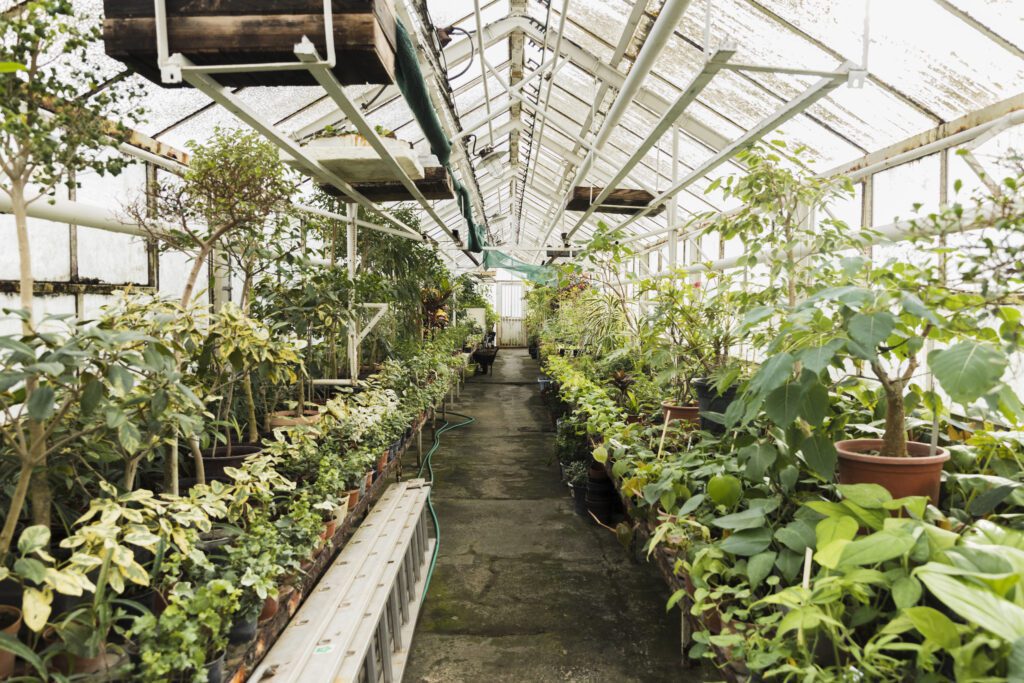
Another crucial factor is the type of plants you will be growing. Different plants have varying temperature and humidity requirements. Some plants thrive in high humidity environments, while others prefer lower humidity levels. Understanding the specific needs of your plants will help you select the appropriate ventilation equipment and settings to maintain the ideal conditions for their growth.
Choosing the Right Fans for Optimal Airflow and Ventilation
When it comes to setting up a ventilation system for your grow room, choosing the right fans is crucial for ensuring optimal airflow and ventilation. Fans play a vital role in maintaining a consistent and healthy environment for your plants by circulating air, preventing stagnant pockets of heat and humidity, and facilitating the exchange of carbon dioxide and oxygen.
The key to selecting the right fans lies in understanding the specific needs of your grow room. Factors such as the size of the space, the number of plants, the heat generated by lighting systems, and the desired airflow rate all come into play. It’s important to calculate the required airflow rate based on the volume of your grow room and the recommended air exchange rate for your plants. This will help you determine the appropriate fan size and number needed to achieve optimal ventilation. Additionally, considering the noise level, energy efficiency, and durability of the fans will contribute to creating a well-rounded ventilation system.
The Role of Filters in Maintaining Clean and Healthy Air in Your Grow Room
When it comes to maintaining clean and healthy air in your grow room, filters play a vital role in ensuring that your plants receive optimal air quality. Filters are designed to remove contaminants, such as dust, pollen, mold spores, and odors, from the air, creating a clean and fresh environment for plant growth.
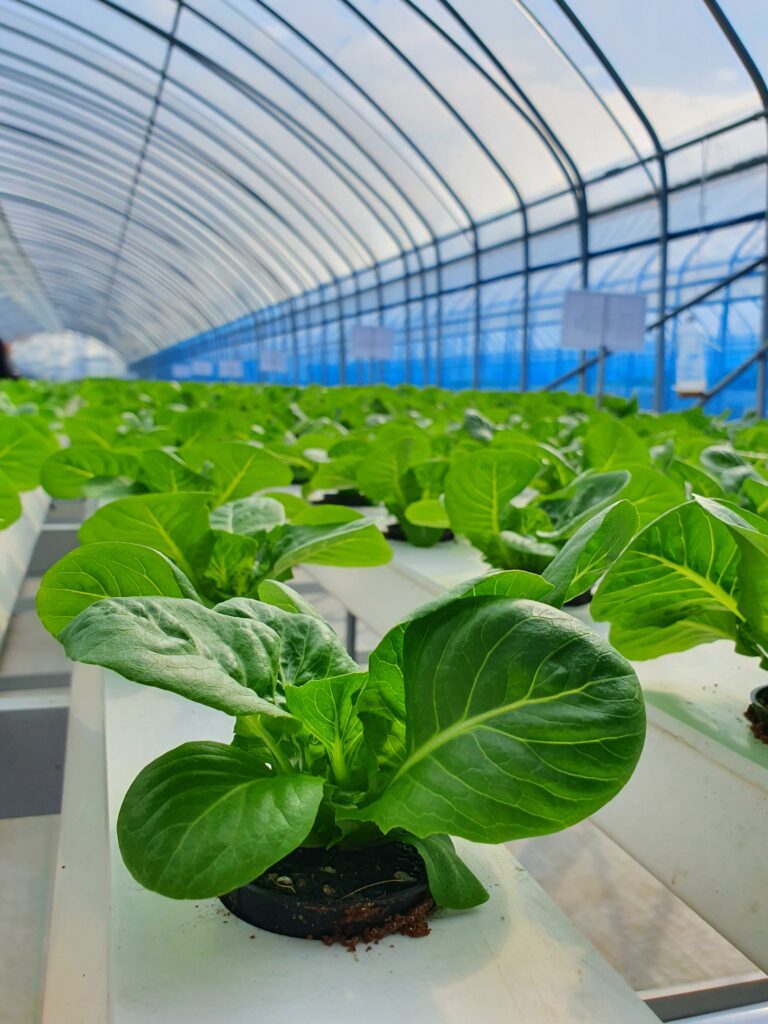
One of the primary benefits of using filters in your grow room is the prevention of pests and diseases. By capturing airborne pathogens and spores, filters can significantly reduce the risk of mold, mildew, and other harmful microorganisms infiltrating your plants. This is especially crucial in indoor gardening, where the controlled environment can increase the chances of pest infestations. Additionally, filters can help minimize the presence of allergens, keeping the air allergen-free and reducing the potential for respiratory issues.
When selecting filters for your grow room, it’s essential to consider the specific needs of your plants. Different types of filters offer various levels of filtration efficiency, measured by their Minimum Efficiency Reporting Value (MERV). Higher MERV ratings indicate better filtration capabilities. However, keep in mind that extremely high MERV filters may restrict airflow, negatively impacting the overall ventilation system’s efficiency. Strike a balance between filtration efficiency and adequate airflow to achieve the best results for your plants.
Exploring Different Types of Controllers for Effective Climate Control
Controllers play a crucial role in maintaining the ideal climate inside a grow room. They help regulate temperature, humidity, and other environmental factors to create the optimal conditions for plant growth. There are different types of controllers available in the market, each with its own set of features and functionalities.
One common type of controller is the temperature controller, which allows growers to monitor and adjust the temperature inside their grow room. This is particularly important because different plants have specific temperature requirements for optimal growth. A temperature controller can be set to activate cooling or heating systems when the temperature exceeds or falls below the desired range.
Another type of controller is the humidity controller, which helps maintain the right level of moisture in the grow room. High humidity can lead to the growth of mold and fungi, while low humidity can cause plants to dry out. A humidity controller senses the humidity level and activates humidifiers or dehumidifiers to achieve the ideal range.
Some advanced controllers offer combined temperature and humidity control, allowing growers to manage both factors simultaneously. This can be particularly useful for maintaining a consistent environment throughout the different stages of plant growth.
In addition to temperature and humidity controllers, there are controllers specifically designed for CO2 regulation, lighting control, and irrigation systems. These controllers provide growers with the ability to fine-tune and automate various aspects of their grow room, ensuring optimal conditions for plant development.
When choosing a controller for effective climate control in a grow room, it is important to consider the specific needs of the plants being cultivated and the size of the grow room. Additionally, controllers with intuitive interfaces and programmable features can make it easier for growers to monitor and adjust environmental parameters, making the overall cultivation process more efficient and successful.
Designing an Efficient Ventilation System Layout for Maximum Plant Growth
When designing the layout of your grow room’s ventilation system, it is crucial to prioritize maximum plant growth. A well-designed ventilation system ensures a continuous supply of fresh air, removes excess heat and humidity, and prevents the buildup of harmful gases, such as carbon dioxide. By optimizing the airflow and environmental conditions, you create the ideal growing environment for your plants to thrive.
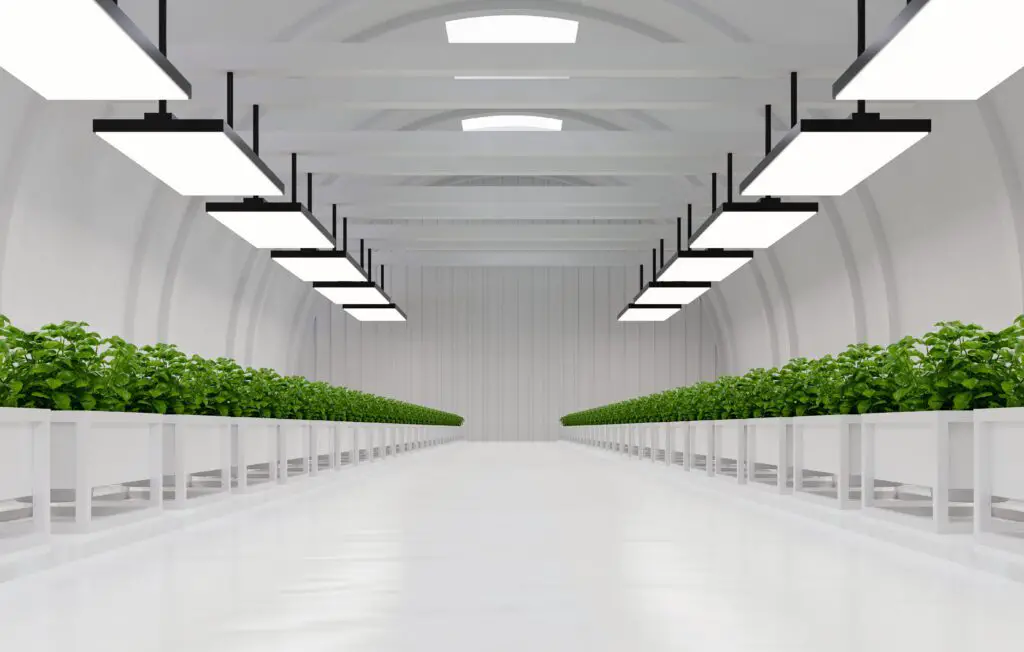
One key aspect to consider when designing your ventilation system layout is the placement of intake and exhaust vents. Intake vents should be strategically positioned near the bottom of the room to allow fresh air to enter and circulate evenly. On the other hand, exhaust vents should be placed near the top of the room to facilitate the removal of stale air and heat, creating a flow that mimics natural airflow patterns in the outdoor environment. This setup helps prevent stagnant air pockets and ensures that fresh air reaches all areas of the grow room, promoting uniform growth and preventing the occurrence of hotspots.
In addition to vent placement, it is also important to consider the size and capacity of the fans and ducting used in the ventilation system. Choosing fans that are appropriately sized for your grow room ensures sufficient air movement without excessive noise or power consumption. Additionally, using properly sized and insulated ducting helps minimize air leakage and maintain the desired environmental conditions more effectively.
By carefully designing the layout of your grow room’s ventilation system, you create an environment that promotes maximum plant growth. Remember that each grow room is unique, so it is essential to consider the specific requirements of your plants and adjust your ventilation system accordingly.
Calculating the Correct Air Exchange Rate for Your Grow Room
Calculating the correct air exchange rate for your grow room is crucial for maintaining optimal conditions and promoting healthy plant growth. The air exchange rate refers to the number of times the air within your grow room is fully refreshed with fresh air. This process helps to remove stale air, excess heat, and excessive humidity while replenishing CO2 levels.
This table provides a basic step-by-step guide to help determine the correct air exchange rate for a grow room based on its volume and desired ACH, ensuring adequate ventilation for optimal plant growth:
| Step | Description |
|---|---|
| Determine Grow Room Volume | Measure the length, width, and height of the grow room. Calculate the volume by multiplying these measurements (Volume = Length x Width x Height). |
| Determine Desired Air Exchange Rate | Choose an air exchange rate based on the type of plants, CO2 requirements, and desired temperature and humidity levels. Common rates range from 4 to 10 air changes per hour (ACH). |
| Calculate Required Airflow | Multiply the room’s volume by the desired ACH rate to determine the required airflow (Airflow = Volume x ACH). |
| Convert Airflow to CFM (Cubic Feet per Minute) | Divide the required airflow by the number of minutes in an hour (60) to convert it into CFM (CFM = Airflow / 60). |
To calculate the air exchange rate, you need to consider the size of your grow room and the requirements of your plants. A general rule of thumb is to aim for at least 10 complete air exchanges per hour for most indoor growing setups. However, this may vary depending on factors such as the type of plants being grown, the stage of growth, and the ambient temperature and humidity levels.
To determine the required airflow, you can use the following formula:
Required airflow (in cubic feet per minute) = Grow room volume (in cubic feet) * desired air exchange per hour
For example, if your grow room has a volume of 500 cubic feet and you want to achieve 10 air exchanges per hour, the required airflow would be 500 * 10 = 5000 cubic feet per minute.
Keep in mind that this is a general guideline, and it’s important to monitor your plants and observe their response to the ventilation system. Adjustments may be necessary based on your specific requirements and conditions. By accurately calculating the air exchange rate, you can create an environment that promotes healthy plant growth and maximizes productivity in your grow room.
Step-by-Step Guide to Installing Fans, Filters, and Controllers in Your Grow Room
Installing fans, filters, and controllers in your grow room is a crucial step in creating a healthy and controlled environment for your plants. By following a step-by-step guide, you can ensure that these components are properly installed to maximize their effectiveness.
First, let’s start with the fans. Choose fans that are appropriately sized for your grow room and are capable of providing adequate airflow. Place the intake fan near the bottom of the room to draw in fresh air, and position the exhaust fan near the top to expel warm air. Secure the fans in place using brackets or mounting hardware to prevent any vibrations or movement during operation.
Next, let’s move on to filters. High-quality filters are essential for maintaining clean and healthy air in your grow room. Attach the filter to the intake fan to prevent dust, bugs, and other contaminants from entering your growing space. Make sure the filter is securely fastened, and regularly clean or replace it to ensure optimal performance.
Lastly, let’s discuss controllers. These devices play a crucial role in regulating temperature, humidity, and other environmental factors in your grow room. Follow the manufacturer’s instructions to connect and program the controller correctly. Set the desired parameters based on the needs of your plants and monitor the readings regularly to make any necessary adjustments.
By carefully following these steps, you can successfully install fans, filters, and controllers in your grow room, creating an environment that promotes healthy plant growth and maximizes your yields.
Common Mistakes to Avoid when Ventilating Your Grow Room
When it comes to ventilating your grow room, there are some common mistakes that many people make. One of the biggest mistakes is not properly sizing their ventilation system. It’s important to calculate the correct air exchange rate for your specific grow room size to ensure that you have adequate airflow for your plants. Insufficient airflow can lead to stagnant air, which can increase the risk of mold and disease. On the other hand, having too powerful of a ventilation system can create excessive air movement, causing stress to your plants and potentially damaging them. So, be sure to take the time to accurately calculate and choose the right size ventilation system for your grow room.
To avoid mistakes in your Grow Room, Go watch this video out!
Another common mistake is neglecting proper maintenance and upkeep of your ventilation system. It’s easy to set up your fans, filters, and controllers and forget about them, but regular maintenance is crucial for the longevity and efficiency of your system. Filters need to be cleaned or replaced regularly to ensure that they are effectively removing dust, pollen, and other airborne contaminants from the air. Fans should be checked for any dust buildup or blockages that may impede airflow. Controllers should be calibrated and tested periodically to ensure that they are functioning properly. By neglecting these maintenance tasks, you risk reduced performance of your ventilation system and compromised air quality for your plants. So, be sure to include regular maintenance and upkeep in your grow room routine to avoid this common mistake.
Troubleshooting Ventilation Issues: Identifying and Resolving Problems
Identifying and resolving ventilation issues in your grow room is crucial to ensure optimal plant growth and productivity. When troubleshooting ventilation problems, one common issue to look out for is inadequate airflow. Insufficient airflow can lead to stagnant air, which can cause a buildup of heat and humidity, creating an unfavorable environment for your plants. To rectify this problem, consider increasing the number and size of fans in your grow room to improve air circulation. Additionally, make sure that your fans are positioned strategically to cover the entire space and have proper ventilation ducts to facilitate the movement of air.
Another frequently encountered issue is improper air exchange rate. Inadequate air exchange can result in a buildup of CO2 levels and a decrease in oxygen, stifling the growth of your plants. To address this problem, it is essential to calculate the correct air exchange rate for your specific grow room size and plant requirements. This can be achieved by determining the volume of your space and then ensuring that you have proper ventilation systems, such as exhaust fans and intake vents, to achieve the recommended air changes per hour. Regularly monitoring and adjusting your ventilation system to maintain the ideal air exchange rate will help promote healthy plant growth and prevent the accumulation of harmful gases in your grow room.
Optimizing Energy Efficiency in Grow Room Ventilation Systems
In order to optimize energy efficiency in your grow room ventilation system, there are several key considerations to keep in mind. First and foremost, it is essential to properly size and select your fans. Choosing fans that are specifically designed for horticultural applications will ensure maximum airflow while minimizing energy consumption.
Additionally, utilizing variable speed controls can significantly improve energy efficiency. These controls allow you to adjust the fan speed based on the specific needs of your plants, providing the right amount of ventilation without wasting energy. By matching the airflow to the requirements of the plants at different stages of growth, you can effectively minimize energy usage while maintaining optimal air quality.
Furthermore, it is important to properly insulate your grow room to prevent heat loss or gain. Proper insulation can help maintain a consistent temperature, reducing the need for excessive ventilation and reducing energy consumption. Insulating materials such as reflective barriers can also reflect light back onto the plants, maximizing light utilization and further enhancing energy efficiency.
In conclusion, optimizing energy efficiency in your grow room ventilation system requires careful consideration of fan selection, variable speed controls, and insulation. By implementing these strategies, you can minimize energy usage while ensuring optimal air quality for your plants.
Understanding the Impact of Temperature and Humidity on Plant Health
Temperature and humidity are two crucial factors that can greatly impact the health and growth of plants in a grow room. It is important to understand how these variables interact and how they can be manipulated to create the optimal environment for your plants.
Temperature plays a significant role in plant growth, as it affects various physiological processes. Different plants have specific temperature requirements for optimal growth, and maintaining the right temperature range is vital for their overall health. Too low or too high temperatures can hinder photosynthesis, stifle nutrient absorption, and impair metabolic functions, ultimately leading to stunted growth or even plant death.
Humidity, on the other hand, refers to the amount of moisture present in the air. It plays a crucial role in transpiration, where plants release water vapor through their leaves. Proper humidity levels are essential for healthy plant development. Low humidity can cause plants to lose moisture rapidly, leading to wilting and drying out. Conversely, high humidity can create a breeding ground for fungal diseases and hinder nutrient uptake. Maintaining balanced humidity levels allows plants to efficiently transpire and absorb water, ensuring their overall vigor and vitality.
Achieving the ideal temperature and humidity levels in your grow room requires careful monitoring and control. Utilizing effective ventilation systems, such as fans, controllers, and filters, can help regulate these variables and create a stable environment for your plants. By understanding and addressing the impact of temperature and humidity on plant health, you can optimize conditions for robust plant growth and achieve the desired results in your indoor garden.
Regular Maintenance and Upkeep: Ensuring the Longevity of Your Ventilation System
Regular maintenance and upkeep are essential for ensuring the longevity of your ventilation system in your grow room. Neglecting proper maintenance can lead to reduced airflow, decreased efficiency, and potential damage to your equipment.
One important aspect of maintenance is regularly cleaning or replacing air filters. Filters play a crucial role in maintaining clean and healthy air in your grow room by trapping dust, pollen, and other airborne particles. Over time, these particles can build up and restrict airflow, putting strain on your fans and reducing their effectiveness. By cleaning or replacing filters on a regular basis, you can ensure optimal air quality and prevent unnecessary wear and tear on your ventilation system.
In addition to filter maintenance, it is important to regularly inspect and clean your fans and controllers. Fans can accumulate dust and debris, which can hinder their performance and efficiency. Regularly cleaning the fan blades and housing can help maintain optimal airflow and reduce the chances of overheating. Similarly, controllers should be inspected for any signs of damage or malfunction, and their settings should be checked to ensure they are operating within the desired temperature and humidity ranges. By addressing any issues promptly and performing routine maintenance, you can ensure that your ventilation system operates effectively and lasts for the long term.
Please note that these headings are meant to
When setting up a grow room, it is crucial to consider various factors before deciding on the ventilation system. One of the key aspects to consider is the size of your grow room and the number of plants you plan to cultivate. Proper ventilation is essential for maintaining a healthy and conducive environment for plant growth. Factors such as the level of humidity, temperature control, and carbon dioxide exchange need to be carefully regulated to optimize the growth and health of your plants. Additionally, the availability of space, budget constraints, and noise considerations should also be taken into account when selecting the ventilation system for your grow room.
Choosing the right fans for optimal airflow and ventilation is another critical aspect of setting up a successful grow room. Fans play a crucial role in circulating fresh air and maintaining the ideal temperature and humidity levels. It is important to choose fans that provide sufficient airflow without causing excessive turbulence or noise. Investing in high-quality fans with adjustable speed settings and proper blade design can ensure optimal air circulation and prevent the occurrence of hotspots or stagnant air in your grow room. Additionally, positioning the fans strategically to create a balanced airflow throughout the entire space is also essential for maximizing plant growth and preventing the development of mold or mildew.
How do I determine the correct size of fans for my grow room’s ventilation system?
The size of fans needed for your grow room depends on factors such as the size of the room, the number of plants, and the desired air exchange rate. It is recommended to consult with an HVAC professional or refer to fan manufacturer guidelines to determine the appropriate fan size for optimal airflow and ventilation.
What types of filters should I use in my grow room to maintain clean and healthy air?
The choice of filters for your grow room depends on the specific needs of your plants and the air quality in your area. Common types of filters used in grow rooms include activated carbon filters, HEPA filters, and particulate filters. It is important to select filters that can effectively remove pollutants, odors, and contaminants from the air.
What are the different types of controllers used for climate control in a grow room?
There are various types of controllers available for climate control in grow rooms, including temperature controllers, humidity controllers, CO2 controllers, and light timers. These controllers help maintain optimal environmental conditions for plant growth by regulating temperature, humidity, CO2 levels, and lighting schedules.
Can you provide some tips for designing an efficient ventilation system layout for maximum plant growth?
When designing a ventilation system layout, consider factors such as air distribution, air circulation, and minimizing the formation of hot spots. It is important to place fans strategically to ensure proper airflow throughout the entire grow room. Additionally, consider the location of intake and exhaust vents to optimize air exchange and prevent stagnant air pockets.
How do I calculate the correct air exchange rate for my grow room?
The recommended air exchange rate for a grow room depends on the specific needs of your plants. As a general guideline, it is recommended to achieve a complete air exchange every 1-3 minutes. To calculate the required airflow, multiply the volume of your grow room by the desired air exchange rate. For example, if your grow room is 100 cubic feet and you desire a complete air exchange every 2 minutes, you would need a fan with a minimum airflow of 50 cubic feet per minute.
What are some common mistakes to avoid when ventilating a grow room?
Some common mistakes to avoid when ventilating a grow room include inadequate airflow, improper fan placement, using low-quality filters, neglecting regular maintenance, and failing to monitor and adjust environmental conditions. It is important to properly size and position fans, use high-quality filters, regularly clean and replace filters, and regularly monitor temperature, humidity, CO2 levels, and airflow.
How can I troubleshoot ventilation issues in my grow room?
If you are experiencing ventilation issues in your grow room, some troubleshooting steps include checking for blocked vents, ensuring fans are functioning properly, inspecting filters for clogs or damage, adjusting fan speeds or positions, and monitoring environmental conditions. If issues persist, it is recommended to consult with an HVAC professional for further assistance.
How can I optimize energy efficiency in my grow room ventilation system?
To optimize energy efficiency in your grow room ventilation system, consider using energy-efficient fans, installing variable speed controllers to adjust fan speeds based on airflow requirements, sealing any air leaks, insulating ducts, and using timers or sensors to control fan operation based on specific needs. Regular maintenance and cleaning of fans, filters, and ducts can also help improve energy efficiency.
What is the impact of temperature and humidity on plant health in a grow room?
Temperature and humidity play crucial roles in plant health and growth. High temperatures can lead to moisture loss, wilting, and increased susceptibility to pests and diseases. Low temperatures can slow down growth and affect nutrient uptake. Humidity levels also affect plant transpiration and nutrient absorption. It is important to maintain appropriate temperature and humidity levels based on the specific requirements of your plants.
How can I ensure the longevity of my grow room ventilation system through regular maintenance and upkeep?
To ensure the longevity of your grow room ventilation system, regular maintenance is essential. This includes cleaning and replacing filters regularly, inspecting and cleaning fans for dust buildup, checking for any leaks or damage in ductwork, and monitoring and adjusting environmental conditions as needed. It is also advisable to schedule professional inspections and maintenance at regular intervals to identify and address any potential issues before they become major problems.

Pallavi Gupta is a burgeoning writer at SouthElMonteHydroponics, blending her passion for data analysis with a keen interest in biotechnology. Currently pursuing a Bachelor’s in Biotechnology at Amity University, Pallavi delves into the intricacies of life sciences while gaining hands-on experience in the exciting world of data analysis. Her unique background provides a fresh perspective on hydroponic farming, as she explores the intersection of biotechnology and sustainable agriculture. Through her writing, Pallavi aims to bridge the gap between data-driven insights and innovative farming practices, inspiring others to harness technology for a greener future.

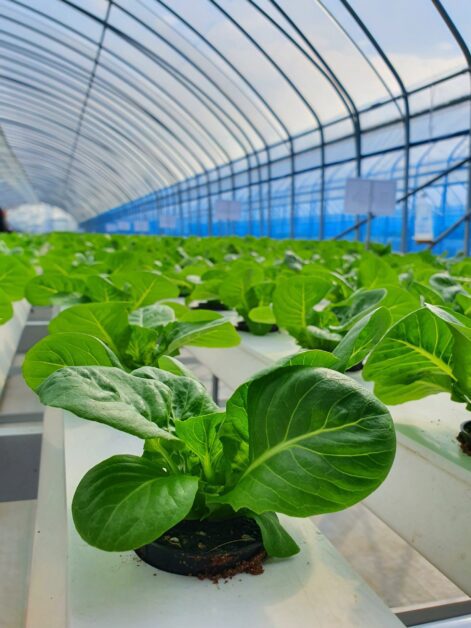
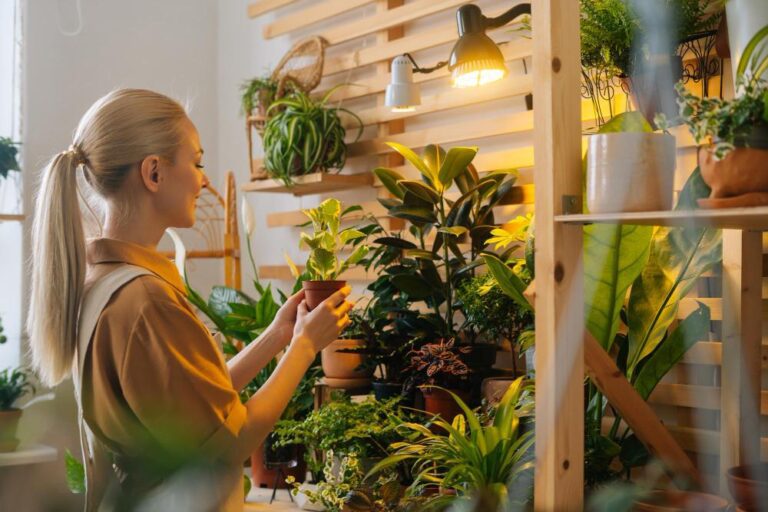
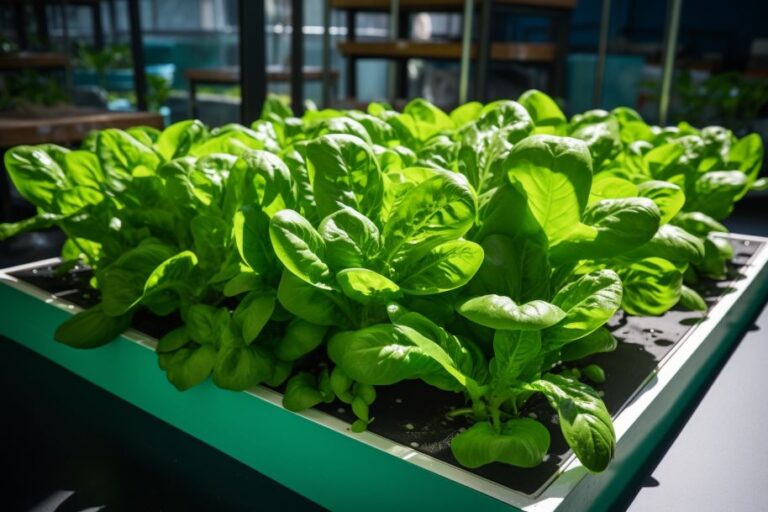
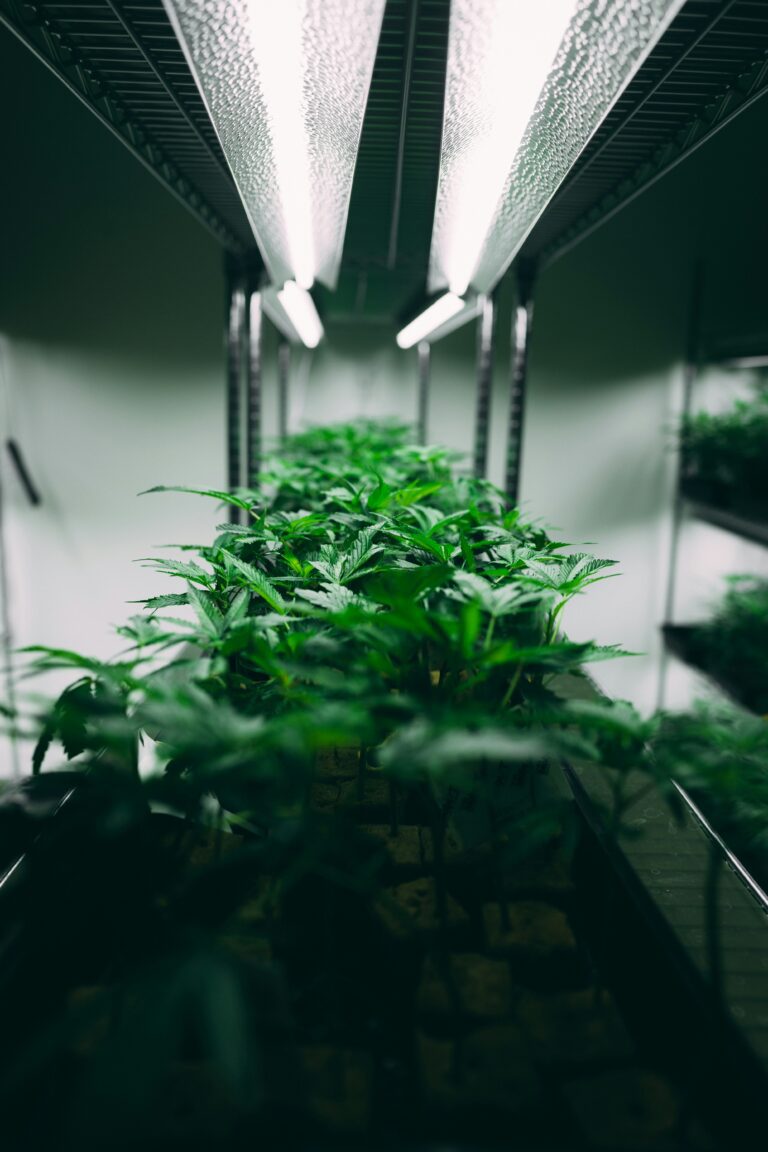
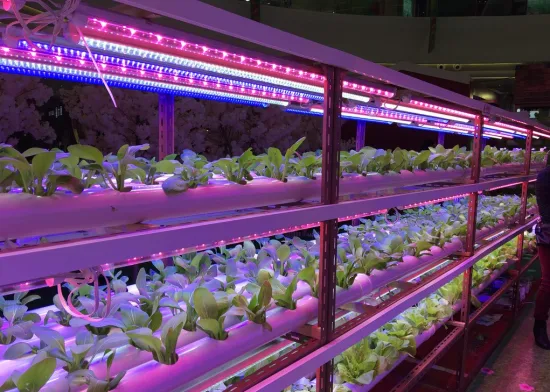
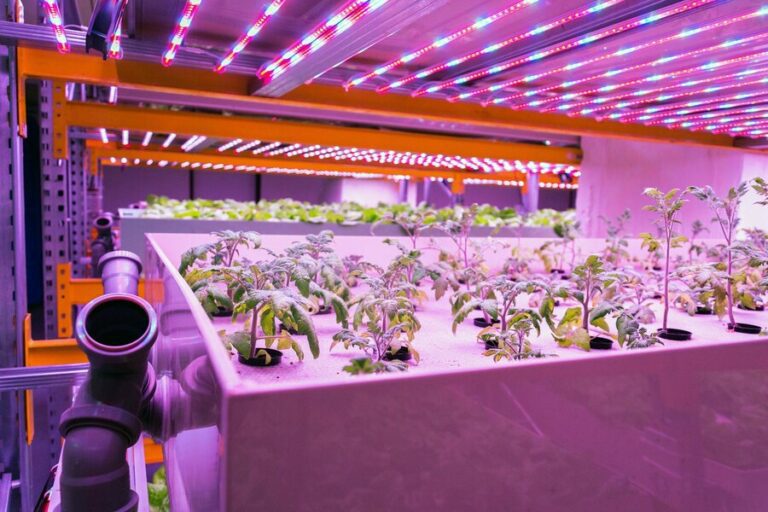
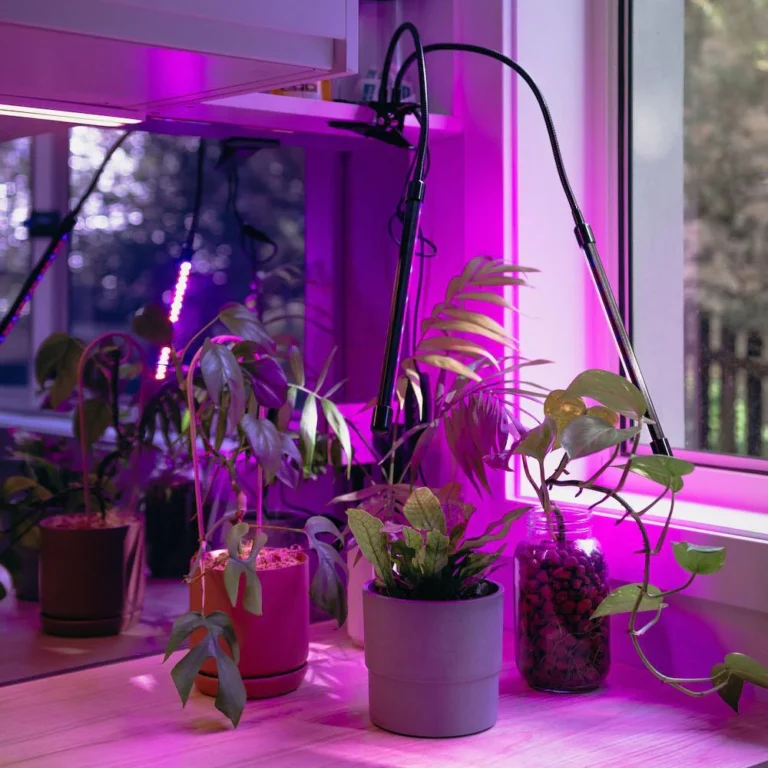
One Comment